Moroccan Berber rugs have been increasingly becoming a subject of admiration and appreciation in the past few decades. The bright, bold colors and unique patterns of each rug have attracted over the years, many internationally renowned architects and designers who introduced them to the western world such as Le Corbusier, Alvar Alto and others. However, Berber rugs are not just another piece of furniture used to ornate a westerner’s living room. Moroccan rugs make an important part of economy in rural areas, by being the source of income for many women. They are also pieces of exhibition art. They date far back and are deeply rooted in Morocco’s history, in addition to having great value in the heritage of indigenous Berber tribes. Moroccan Berber rugs tell a story, but just like every story, it has to start at the beginning:
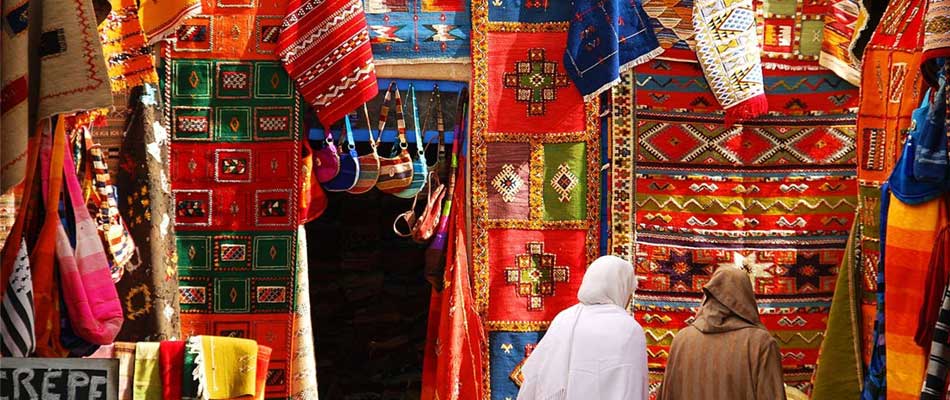
The history of a Moroccan Berber rug:
Berber rugs find their roots in history as far back as the Paleolithic era, right about when humans started raising cattle and using wooden tools. Making these rugs was a natural reaction to the harsh weather of Morocco’s Atlas Mountains, where most Berber tribes were located. Rugs made of wool were used to cover up the ground and keep one’s feet warm, thrown over the back and shoulders to protect one from falling snow, and as a blanket to get through cold winter nights. Not only that, but Berbers from the Sahara desert also had their own lighter and thinner versions of these carpets, better adjusted for the hot desert climate.
The use of Moroccan Berber rugs started out as practical, people weaved them out of need for them. Nevertheless, throughout the years, the use for them shifted and became slightly more and more decorative, especially with families in areas with moderate weather. They weaved out of Morocco traditions and habits, the carpets were passed down from generation to generation as a form of tangible heritage.
Today, Berber rugs are still used for their primal purpose in some areas, but more and more people are realizing their cultural and sentimental value, and are displaying them in their houses as pieces of art. This includes foreigners and westerners, with designers such as Le Corbusier, Alvar Aalto and “Ray & Charles Eames” popularizing the rugs by introducing them to their modernists design. Different types of Moroccan rugs were sought after for their primitive and tribal designs. Which leads us to our next question: what’s up with the designs on those vintage Moroccan rugs anyways?
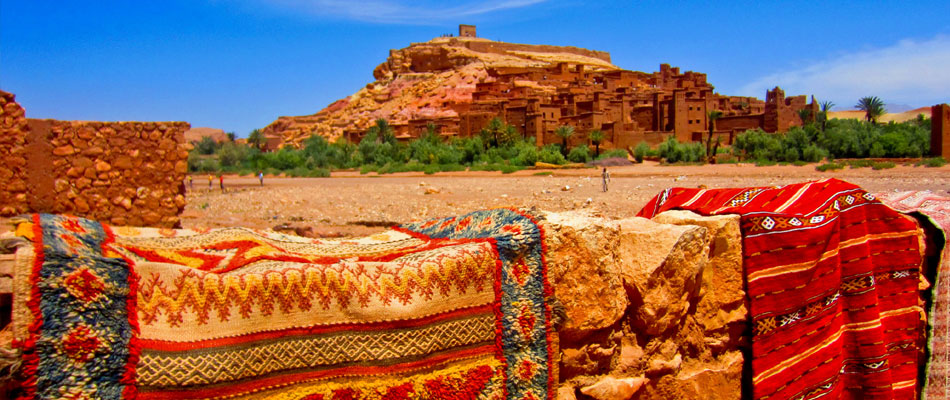
The Moroccan carpet art:
One unique attribute to the Moroccan Berber rugs, other than materials and techniques used, is the art and symbolism behind every single design of rug. In order to understand it, one must understand that these rugs are pieces of storytelling (made exclusively by women) where every weaver is free to express herself through her art. With that being said, these women have zero prior “formal” artistic training, so they rely mainly on colors and tribal symbols to express themselves. Through these symbols, the weavers make rugs that tell all kinds of stories around fertility, richness, female sexuality, freedom and the elements of nature.
But perhaps some of the most important and most commonly used symbols in Berber weaving are those related to protection and warding evil. You will find many Moroccan carpets weaved with various forms of talismans, which will give the carpet an added spiritual value. Rugs with these kinds of symbols used to be placed in houses with the belief that they will protect the people of that house from negative energy and from the evil eye.
Moroccan rugs also differ in regards of how intricate the design is, and how colorful it is (red for strength, blue for wisdom, yellow for eternity and green for peace). They can range from a simple cream colored rug with basic asymmetrical geometric lines, to a full on bright and colorful tapestry piece with well thought out and structured drawings and symbols; including everything in between these two extremes. Actually, vintage Moroccan rugs are known and appreciated for their asymmetrical designs and drawing faults, because it goes to show that the person who made them is just human who weaves these pieces by hand.
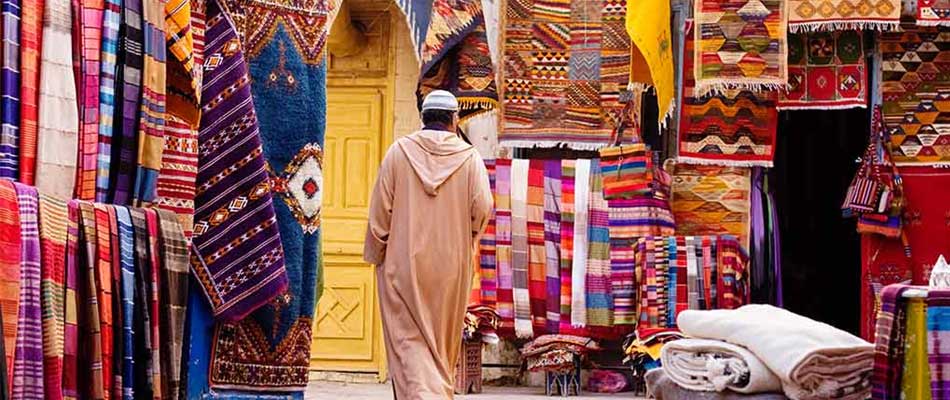
Book Your Morocco Tour
Book your Morocco trip with FriendlyMorocco expert team. We have wide selections of tours to choose from. The tours we provide are are well-organized to suit every passenger’s needs. It is also possible to customize your tours. Feel free to contact us to get a quote or for more info!
The process of making a Moroccan berber rug:
The making process of a Moroccan Berber rug is completely handmade, all natural and eco-friendly. It starts out with sheering locally raised sheep from the Atlas regions to procure their wool (no sheep are harmed for this process!), then delivering that wool to the weavers. The ladies then will wash it thoroughly in a nearby river to clean it out of dirt and natural oils. After the wool dries, it will be spun very intricately into yarn. At this point natural dyes (such as flowers, herbs, some spices, natural powders) are used to dye the yarn in different bright or muted colors. This process of dying has always used organic ingredients found locally, but during recent years the yarn may be colored using synthetic (non-toxic) dyes to achieve specific colors under the request of buyers.
The next part of this journey will be the making of the actual rug, this is when the weavers will take the ready yarn and use one of the many weaving techniques of their choice for it. These techniques vary from tribe to tribe and are passed down from mother to daughter. So after choosing the weaving technique comes the choice of design, which can be extremely personal and intimate to the weaver and the way they want to express their artistry (or it can be once again customizable to the request of clients). The woman starts to work on the carpet using a loom and other tools, which is a process that can take anywhere from a few weeks to up to a year, depending on the size of the carpet, the complexity of the design and how long the weaver will spend working on it every day. Finally, when the rug is released from the loom, it gets washed again multiple times and is hung up to fully dry outside.
It takes time, patience, dedication and skill to complete a Moroccan rug, but the result is a masterpiece, a piece of Berber culture. A piece of the woman herself.

How to buy:
Moroccan Berber rugs are certainly charming and add a unique tribal touch to every interior, but he question of where or how to get one remains confusing for some.
The best way to buy a Moroccan carpet which will directly support the women who put their hearts and souls into making them is either by paying a visit to one of their cooperatives during your next trip to Morocco and purchasing it there, or by finding providers online who work with these women and pay them respectable wages. To take a look at our selection of ethical and fair-trade Moroccan Berber rugs, visit here.
While shopping for a Berber rug, one thing you want to beware of is “middle men”. These are salesmen who buy rugs from the weavers for very little money that doesn’t respect the work they put into it, then sell them for exaggerated prices to tourists. This why it’s important for you to do research and find the best option that works for you.
Now that you know everything about Moroccan Berber rugs, the next time you see one displayed for sale in the old Medina of Fez or Marrakech you will know exactly where it came from, what it’s been through and the work that went into it. This will allow you to further appreciate Moroccan culture and all of the art surrounding it.
Shop With Friendly Morocco
Buy your Morocco souvenir or Moroccan clothes, our shop has the best Moroccan products, see for yourself!



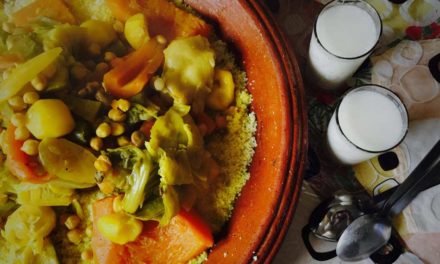
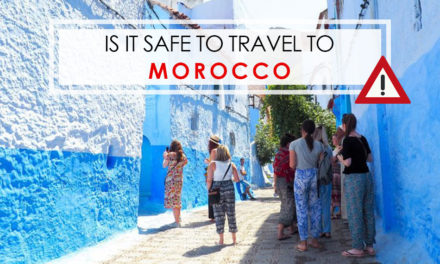
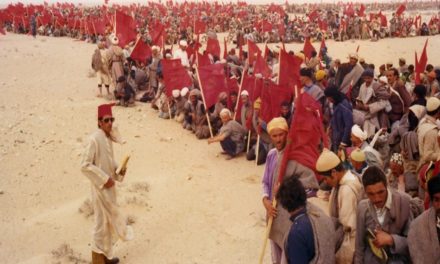
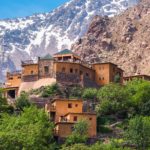



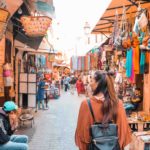
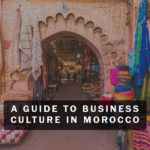
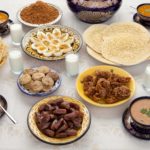


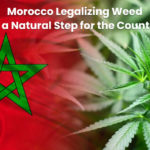



Recent Comments